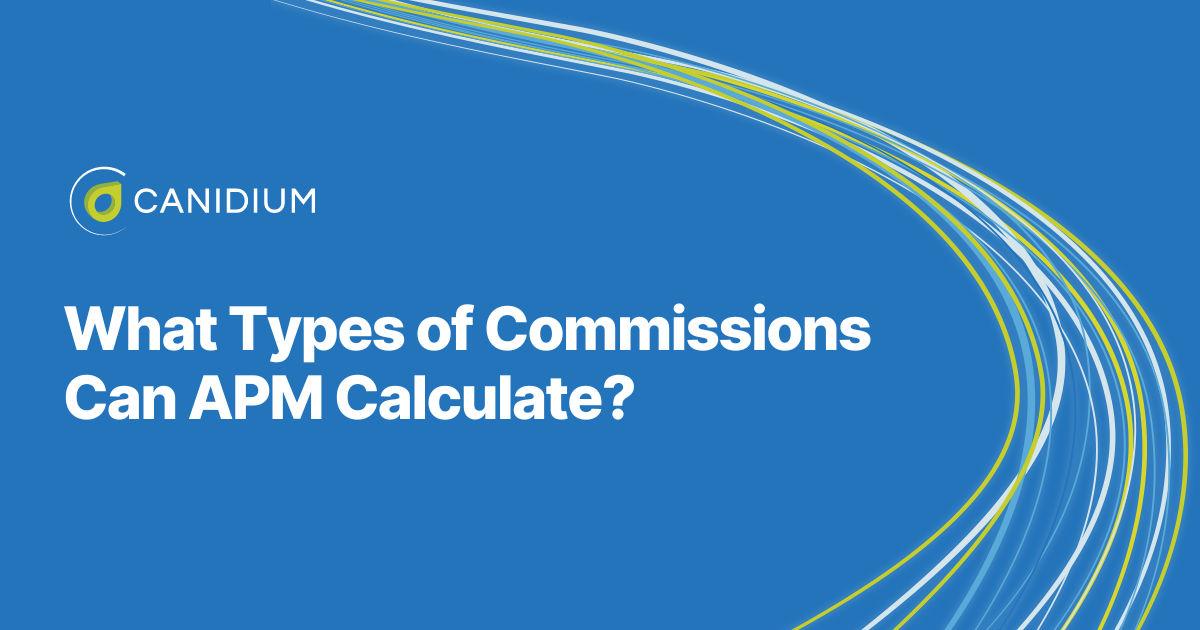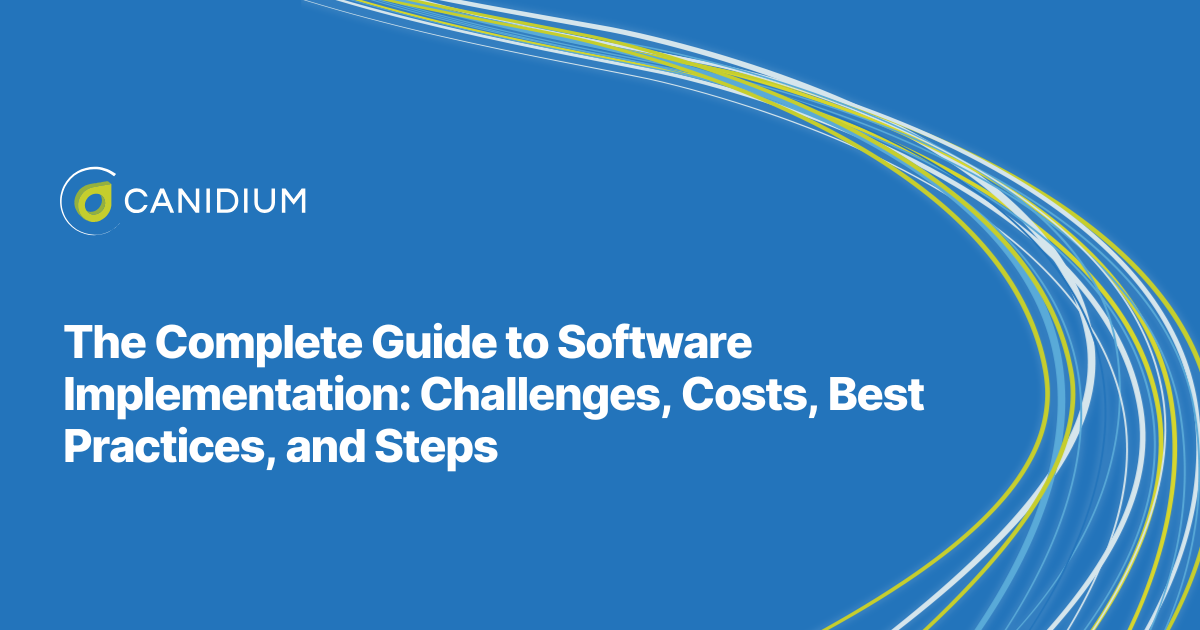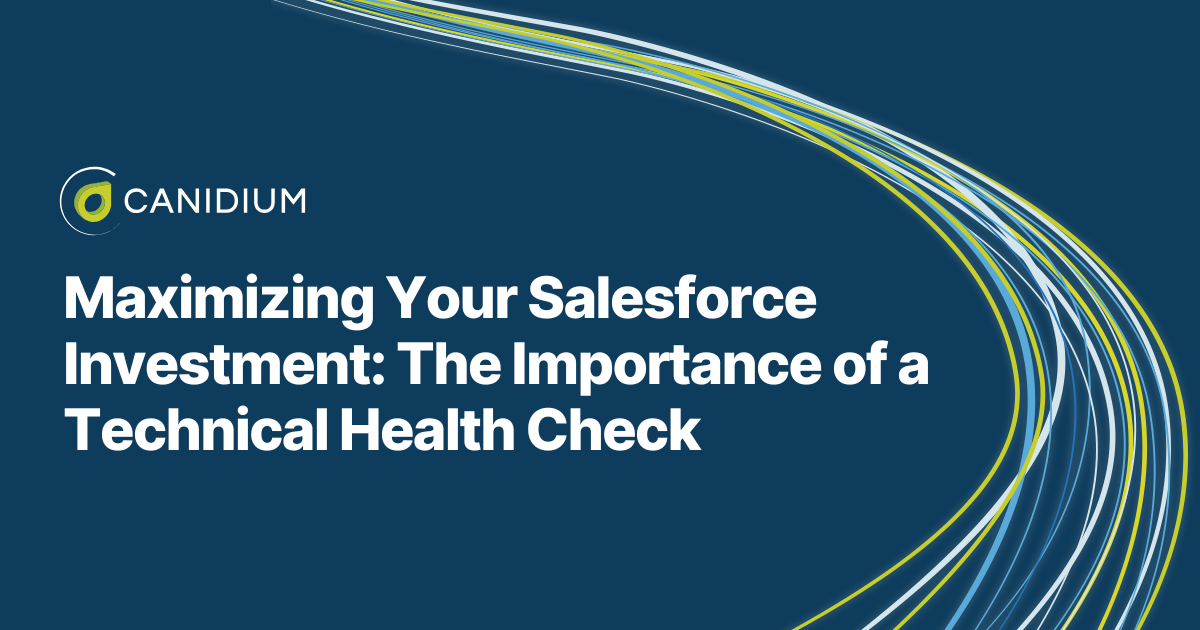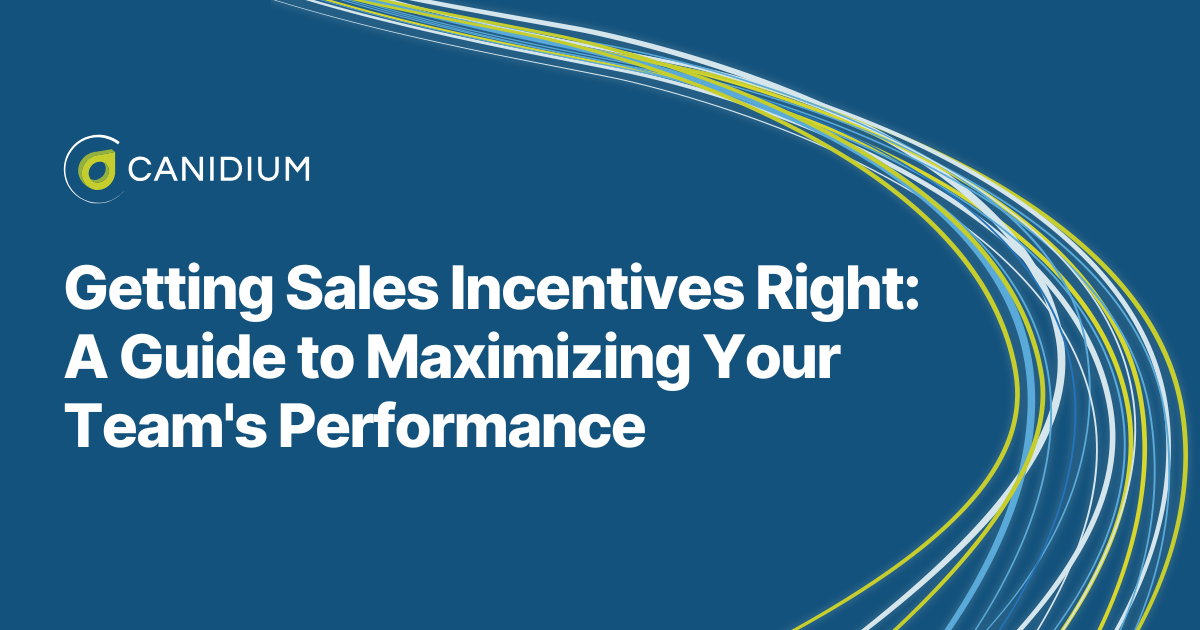The administrative side of commission calculations requires maintaining accurate and fair pay structures, ensuring that payments based on sales or performance are correct, and gaining insights to forecast and plan for future needs—all tasks that need to be managed at scale.
Overseeing commission calculations is not simple. It requires advanced tools that can handle a diverse range of payment structures.
At Canidium, our team of insurance, fintech, healthcare, and sales commission software implementation experts educate clients on the solutions to their administrative challenges.
To give you a comprehensive view of what commission calculation software can do for your organization, this article covers the following topics:
4 Key Commission Calculations
Commission calculations at an enterprise or mid-level scale are extensive and complex, regardless of what industry you are in. Effective administrative oversight requires tools to help keep pay structures on track.
Solutions like SAP SuccessFactors Agent Performance Management (APM) handle a diverse array of payment structures; making it an invaluable asset in managing complex commission schemes across healthcare, insurance, fintech, or sales organizations. It automatically calculates how much to pay employees based on their sales or performance, makes sure past payments are correct, and helps managers understand trends and plan for the future. Essentially, APM makes it easier for businesses to manage their operations and ensure everyone is rewarded fairly for their work.
Here, we delve deeper into four different commission types APM can calculate, illustrating with examples how each function serves unique business needs.

1. Monthly Producer Commissions
Monthly producer commissions represent the foundational element of APM's commission management capabilities. These payments are typically tied to quantifiable metrics such as premiums collected or the number of covered lives in health insurance scenarios. This setup allows for consistent, scheduled payments that are easy to predict and manage.
Consider a scenario where an insurance agent, due to their agreement, earns a 5% commission on collected premiums. If, in one month, the agent facilitates the collection of $100,000 in premiums, their commission would automatically be calculated at $5,000. This straightforward calculation method is essential for regular cash flow and financial planning within companies. Moreover, APM's flexibility in handling retroactive changes ensures that any subsequent corrections to premium amounts—such as a client disputing a charge—can be seamlessly adjusted in the next payment cycle, maintaining the integrity of financial records.
2. Internal Sales Team Commissions
Moving beyond standard calculations, APM handles internal sales team commissions, which are designed to motivate and reward staff based on achieving specific sales targets. These commissions can vary, encompassing monthly, quarterly, or even annual bonuses, and are tailored to align closely with the company's strategic goals.
Imagine a sales team at a software company has set targets for each member to generate $500,000 in sales annually. If a team member reaches only $350,000, their performance is evaluated at 70% of the target. Suppose their compensation plan includes a graduated bonus scheme where achieving 70% of the target yields a $7,000 bonus. APM would calculate this bonus based on the actual sales achieved versus the target, directly linking compensation to performance. This method not only clarifies compensation outcomes for the sales staff but also aligns their efforts with the company's objectives.
3. Bonuses
Bonuses within APM are versatile and can be programmed to cater to various operational goals. Unlike regular commissions, which might be transaction-based, bonuses often assess overall performance against broader company objectives, such as business growth, retention rates, or market expansion.
For instance, a broker who is tasked with increasing client retention by 20% over the fiscal year surpasses this by retaining 25%. APM can be set to reward such performance with a bonus calculated on the additional 5% retention achieved. If the predetermined bonus is $2,000 for each percentage point above the target, the broker will receive a $10,000 bonus. This system of rewarding incremental success incentivizes employees to exceed their goals and significantly contributes to the company's overall strategic success.
4. Manual Adjustments and One-time Payments
APM also accommodates manual adjustments and one-time payments, which provide a means to address exceptional circumstances or reward non-standard achievements that don't fit into regular commission or bonus structures. This feature ensures that businesses can be responsive and adaptive in their reward systems.
Suppose a company wants to award a team $15,000 for their extraordinary effort during a critical project rollout that resulted in high client satisfaction. Through APM, management can promptly issue this one-time bonus, specifying the reason in the system for transparency and record-keeping. This not only boosts morale but also reinforces the value the company places on exceptional work and client outcomes.
How to Simplify Tracking and Adjusting Commissions Over Time With APM
A standout feature of APM is its unmatched capability to track and adjust commission calculations both retroactively and in the current period. This functionality sets APM apart from other solutions.
One of the significant advantages of APM is its ability to manage data across various time frames seamlessly. It provides a consistent and comprehensive view of an organization's financial commitments. This capability is especially valuable in scenarios where long-term contracts or delayed payments are involved. It ensures that every calculation reflects the most accurate and current information.
APM also offers automated adjustments that rectify any discrepancies as new data becomes available or corrections are made. This feature is crucial for businesses that experience frequent changes in their sales data or commission structures. For instance, if a salesperson's deal from a previous quarter is renegotiated or a clerical error is found, APM can adjust the impacted commissions automatically without any need for intervention.
The ability to track and adjust commissions over time with APM not only enhances accuracy but also significantly boosts efficiency. Businesses can avoid the labor-intensive process of manually recalculating past payments, allowing them to focus more on strategic activities. Moreover, APM's comprehensive tracking and automatic correction mechanisms foster a transparent and trustworthy environment, which is vital for maintaining strong relationships between sales teams and management.
Simplifying Commissions Calculations With APM
SAP SuccessFactors Agent Performance Management (APM) streamlines the management of commissions across industries like healthcare, insurance, fintech, and sales organizations. By automating and accurately calculating payments based on performance, correcting past errors, and providing strategic insights, APM proves invaluable in ensuring fair compensation. It efficiently handles monthly producer commissions, internal sales team commissions, diverse bonuses, and manual adjustments for exceptional cases. Furthermore, APM's unique capability to track and adjust commissions over time enhances data accuracy and operational efficiency, freeing up resources for more strategic activities and making it a crucial tool for businesses aiming to maintain a motivated and appropriately compensated workforce.
For a deeper understanding of how APM can be a pivotal tool in managing complex commission structures and ensuring your team is motivated and compensated accurately, read our detailed exploration of APM's Producer Data Store.








